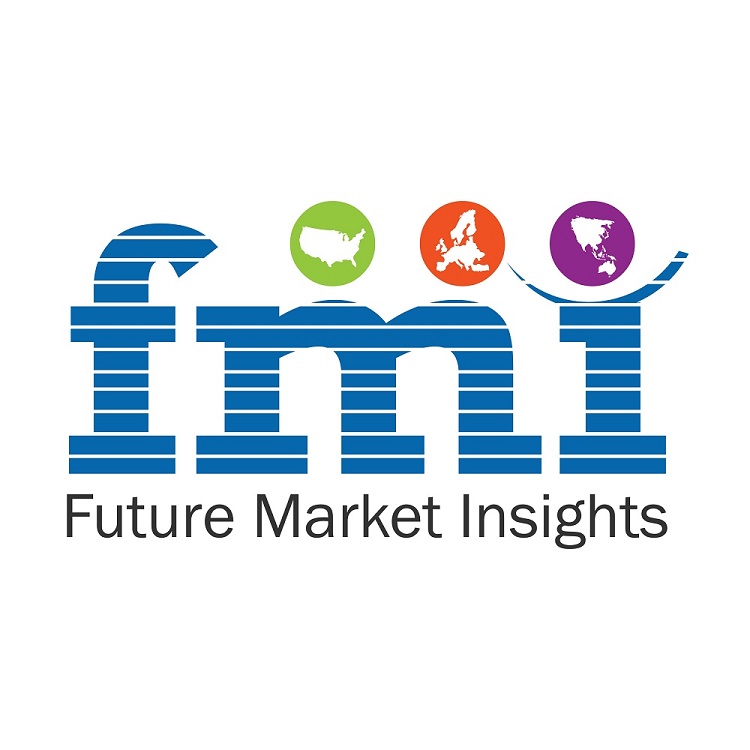The global clostridium diagnostics market is projected to secure US$ 7.8 Billion by 2032 while recording a CAGR of 12.2% during the forecast period. The growth of the market can be attributed to the growing prevalence of clostridium-related diseases and the growing awareness campaigns launched by various authorities.
There has been an increased focus of players in the market to offer vaccines, which can augment the market size in the forecast period. For instance, in March 2022, Japan launched a new center, with a budget of US$ 1.6 Billion, to support vaccine and drug projects as a part of a larger scheme to tackle infectious diseases. SCARDA will be in charge of establishing a flagship R&D site for innovative collaborations and controlling funds for R&D projects.
Awareness campaigns are expected to play important role in driving the market during the forecast period. For instance, the ‘See C. diff’ campaign, launched by Peggy Lillis Foundation in December 2020, attained its objective by reaching more than 250,000 Americans. The organization launched the ‘See C. diff’ to commemorate C.diff Awareness Month in 2019, and reached about 80,000 people.
Get Sample PDF Of the Report at https://www.futuremarketinsights.com/reports/sample/rep-gb-15203
The launch of new vaccines in the market is another vital factor driving the market during the forecast period. For instance, in August 2021, Huvepharma Canada Corporation Inc. launched a new vaccine that has been shown to be effective against necrotic enteritis (NE) due to Clostridium perfringens type A in broiler chickens.
In addition, emerging companies such as, Acurx Pharmaceuticals, Cubist Pharmaceuticals, Endo Aesthetics, Avisa Pharma, and MGB Bio Pharma are expected to make a significant contribution in developing the market during the forecast period. However, lack of awareness and scarcity of resources in developing countries are expected to hamper the market growth during the forecast period. Also, the high costs involved in R&D and vaccine manufacturing are expected to be other factors hindering the market growth in the assessment period.
However, growing partnerships among players are projected to counter the hampering factors and boost the market. For instance, in March 2021, Peggy Lillis Foundation for Clostridium difficile infections announced a partnership with Ferring Pharmaceutical through a new sponsorship to assist new and existing patient advocacy initiatives.
Key Takeaways from the Market Study:
- The immunoassays technology is expected to dominate the global clostridium diagnostics market at a CAGR of 11.6% during 2022-2032
- The clostridium diagnostics market in the U.S is anticipated to display a CAGR of 11.8% during the forecast period
- The U.K clostridium diagnostics market is predicted to hold a market value worth US$ 330 Million by 2032
- The Japanese clostridium diagnostics market is estimated at a CAGR of 11.1% during the forecast period.
Browse Detailed Summary of Research Report with TOC at https://www.futuremarketinsights.com/reports/clostridium-diagnostics-market
“Growing launch of new vaccines by various players of the market along with the increasing popularity of awareness campaigns as a useful tool for market growth is expected to play a significant role in driving the market during the forecast period,” says an FMI analyst.
Competition Analysis
Key players in the global clostridium diagnostics market include Abbott Laboratories, F. Hoffmann-LA ROCHE AG, Siemens AG, Becton Dickinson and Company, and Beckman Coulter, INC.
More Valuable Insights
Future Market Insights, in its new offering, presents an unbiased analysis of the global clostridium diagnostics market, presenting a historical analysis from 2015 to 2021 and forecast statistics for the period of 2022-2032.
The study reveals essential insights on the basis of technology (Immunoassays, Molecular), by end-user (Hospitals, Government Diagnostics Laboratories, Independent Laboratories), by product (Clostridium Difficile, Clostridium Perfringens, Clostridium Botulinum, Clostridium Tetani, Clostridium Sordell), & (North America, Europe, Asia Pacific, Middle East & Africa, and Latin America).
Key Segments Profiled in The Global Clostridium Diagnostics Market
Clostridium Diagnostics Market by Technology:
- Immunoassays-based Clostridium Diagnostics
- Molecular Clostridium Diagnostics
Clostridium Diagnostics Market by End User:
- Clostridium Diagnostics in Hospitals
- Clostridium Diagnostics in Government Diagnostics Laboratories
- Clostridium Diagnostics in Independent Laboratories
Clostridium Diagnostics Market by Product:
- Clostridium Difficile Diagnostics
- Clostridium Perfringens Diagnostics
- Clostridium Botulinum Diagnostics
- Clostridium Tetani Diagnostics
- Clostridium Sordell Diagnostics
Clostridium Diagnostics Market by Region:
- North America Clostridium Diagnostics Market
- Asia Pacific Clostridium Diagnostics Market
- Europe Clostridium Diagnostics Market
- Middle East & Africa Clostridium Diagnostics Market
- Latin America Clostridium Diagnostics Market
Download PDF Brochure at https://www.futuremarketinsights.com/reports/brochure/rep-gb-15203
About the Healthcare Division at Future Market Insights
The healthcare team at Future Market Insights offers expert analysis, time efficient research, and strategic recommendations with an objective to provide authentic insights and accurate results to help clients worldwide. With a repertoire of over 100+ reports and 1 million+ data points, the team has been analyzing the industry lucidly in 50+ countries for over a decade. The team provides a brief analysis on key trends including competitive landscape, profit margin, and research development efforts.
Table of Content
1. Executive Summary
1.1. Global Market Outlook
1.2. Summary of Statistics
1.3. Key Market Characteristics & Attributes
1.4. Analysis and Recommendations
2. Market Overview
2.1. Market Coverage / Taxonomy
2.2. Market Definition / Scope / Limitations
3. Market Risks and Trends Assessment
About FMI:
Future Market Insights (ESOMAR certified market research organization and a member of Greater New York Chamber of Commerce) provides in-depth insights into governing factors elevating the demand in the market. It discloses opportunities that will favor the market growth in various segments on the basis of Source, Application, Sales Channel and End Use over the next 10-years.
Contact Us:
Future Market Insights,
Unit No: 1602-006,
Jumeirah Bay 2,
Plot No: JLT-PH2-X2A,
Jumeirah Lakes Towers,
Dubai,
United Arab Emirates
For Sales Enquiries: sales@futuremarketinsights.com
Website: https://www.futuremarketinsights.com
LinkedIn| Twitter| Blogs

